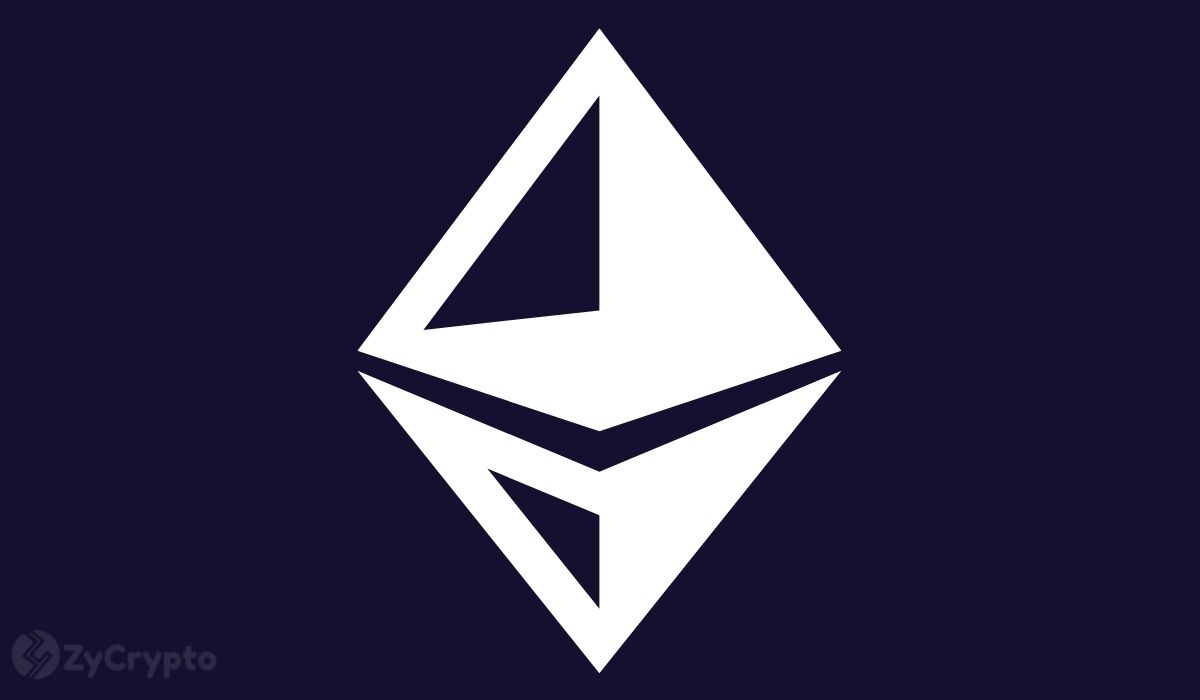- Ethereum is nearing its transition to Proof-of-Stake and it brings with it a lot of changes to the network.
- The asset’s supply is expected to fall by as much as 2% each year as deflation fully sets in.
- The asset is still reeling from the effects of the London hard fork and with the Altair hard fork fast approaching.
Ethereum’s supply is expected to reverse its upward trend after Proof-Of-Stake takes a foothold in the network. The second-largest cryptocurrency’s drive to complete the transition away from Proof-of-Work is in full gear.
Something More Than Deflationary Pressure
Every passing day brings Ethereum closer to its future iteration that is christened – Ethereum 2.0. The highlight of this version is the switch to Proof-of-Stake which is widely touted to bring a slew of benefits to the network. According to a simulation carried out by the analytic firm, Ultrasound Money, the switch will lead to a reduction of Ethereum’s supply by as much as 2% a year.
This premise was reached under the conditions that the status quo is maintained regarding the burn rate and production rate in each block. Recall that in August, Ethereum initiated the EIP-1559 that increased the block size while destroying transaction fees. Since the initiation of the proposal, over $1 billion worth of ether has been burned in a bid to introduce deflationary pressure to the volume.
Tim Beiko, a lead Ethereum developer said the reason for the decline is because staking rewards are 5-10x lower than rewards from proof-of-work. “Right now we get ETH issuance in each block. But the Beacon Chain issuance is a fraction of that,” says Beiko via his Twitter account. “So post-merge, we only need to offset that to be deflationary.”
Tim Beiko did not give exact metrics because the number of people that will stake on the network remains unknown after the functionality comes live. The general rule is that the higher the number of stakers, the higher the general reward. Presently, there are 118,099,644 ETH in circulation which exceeds by far the 18,855,962 BTC in circulation.
How Much Longer Till Proof of Stake
Efforts are underway to bring Ethereum 2.0 to reality. The Altair upgrade went live on the 27th of October as part of the processes leading up to the merge. In furtherance of the goals, the Ethereum dev team converged in Greece where they successfully confirmed the Interop devnet.
The success of the meeting raised optimism for a seamless transition to Proof-of-Stake. Although an exact date has not been put forward, analysts are confident of a potential early 2022 launch for the switch.
Asides from instigating something beyond deflationary pressure, the switch will significantly reduce the amount of energy spent by the Ethereum network. There has been increasing concern over the energy consumption rates and environmental impact of proof-of-work networks.







